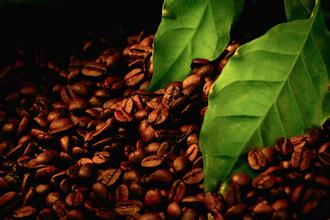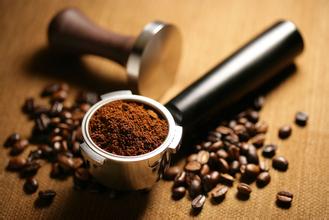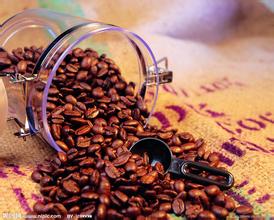Types of coffee: the three major coffee producing areas, which is the favorite?
People like coffee, in addition to the taste of coffee, to a large extent because of the environment of the cafe. Here quiet, intellectual, elegant, can provide modern urbanites with a place for communication, a spiritual home, a space for meditation! And Caffe Pascucci's Italian retro style will never disappoint!
Bright and pure color collocation constructs a three-dimensional space, quiet black with rich red, symbolizing the rich Italian style and enthusiasm, making people feel comfortable and cordial! Simple hand carvings set off the simple interior decoration, Renaissance painting elements quietly highlight the artistic flavor, soft lighting to create a warm, comfortable atmosphere, people can not help but relax! This is the art space created by Caffe Pascucci for consumers, attached to the elegant national cultural foundation, shuttling between fashion classics, business leisure and artistic elegance, giving people an unusual experience!
Caffe pascucci [Paskucci Coffee], began in 1883, 131 years later, introduced by Defoe Holdings, settled in China! In the past hundred years, Caffe Pascucci continues to innovate and develop in inheriting the achievements of traditional espresso, improving the processing and production technology of coffee beans, and providing people with a delicious cup of coffee! Although the development has experienced many turbulent periods such as the Industrial Revolution and World War II, the brand can always adhere to the family mission of "one hundred years of Classic quality and Glory" and constantly push the coffee industry forward to the front end of the international stage! After the baptism of the years, the technology is more and more mature, the taste of coffee is more and more mellow, more and more intoxicating! Therefore, after waiting, we will know the taste is mellow!
For a coffee lover, tasting a cup of authentic, strong Italian coffee is like a "pilgrimage", baptized by both taste and soul! Although Chinese cafes have spread all over large and small cities and coffee culture has become popular, authentic Italian cafes are still hard to find! However, the arrival of caffe pascucci [Paskucci Coffee] broke the situation. With its mellow espresso pedigree and retro Italian style, people are immersed in the mellow aroma after waiting.

Important Notice :
前街咖啡 FrontStreet Coffee has moved to new addredd:
FrontStreet Coffee Address: 315,Donghua East Road,GuangZhou
Tel:020 38364473
- Prev

How to put the filter paper of coffee machine-American coffee machine filter paper does American coffee machine need filter paper
American Coffee Machine filter Paper American Coffee Machine need filter Paper domestic La Pavoni still maintains the tradition of Signore Cremonesi and does not add a spring on the piston, but there are some coffee machines on the market that are very similar to La Pavoni, such as Elektra (Family series) with springs, making the pressure stronger and more stable. The method of discrimination
- Next

Learn to guide customers to drink coffee with Pacific Coffee.
Similar to other coffee products, Pacific Coffee also started its own franchise business as early as 2009. It is reported that the way of joining Pacific Coffee is the urban agency system, that is, Pacific Coffee provides comprehensive operational support for franchisees, including: unified store brand image, unified operation management and supervision, and unified market camp.
Related
- Beginners will see the "Coffee pull flower" guide!
- What is the difference between ice blog purified milk and ordinary milk coffee?
- Why is the Philippines the largest producer of crops in Liberia?
- For coffee extraction, should the fine powder be retained?
- How does extracted espresso fill pressed powder? How much strength does it take to press the powder?
- How to make jasmine cold extract coffee? Is the jasmine + latte good?
- Will this little toy really make the coffee taste better? How does Lily Drip affect coffee extraction?
- Will the action of slapping the filter cup also affect coffee extraction?
- What's the difference between powder-to-water ratio and powder-to-liquid ratio?
- What is the Ethiopian local species? What does it have to do with Heirloom native species?

